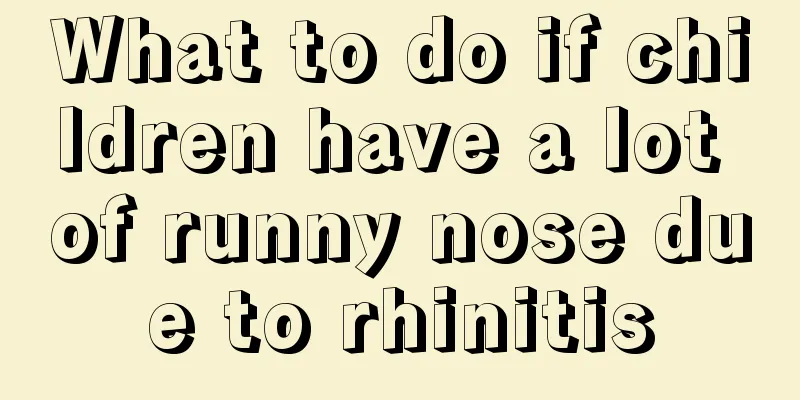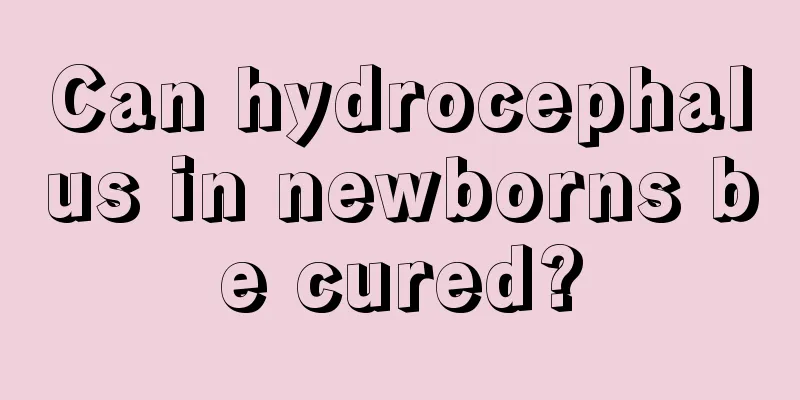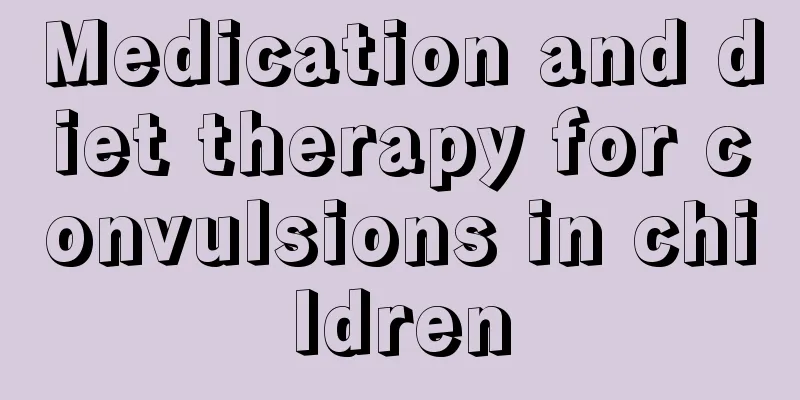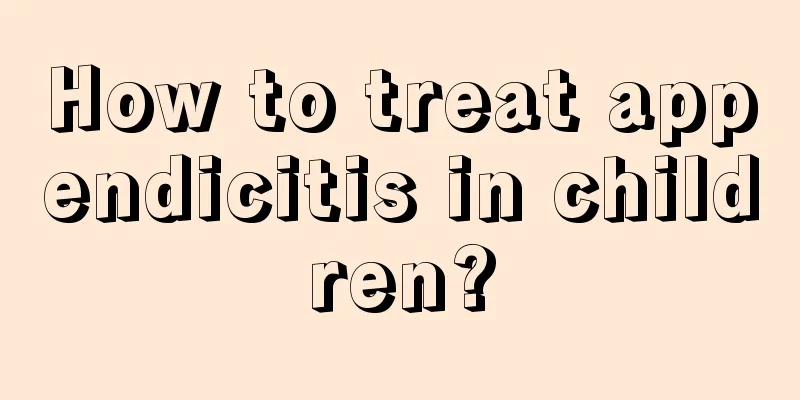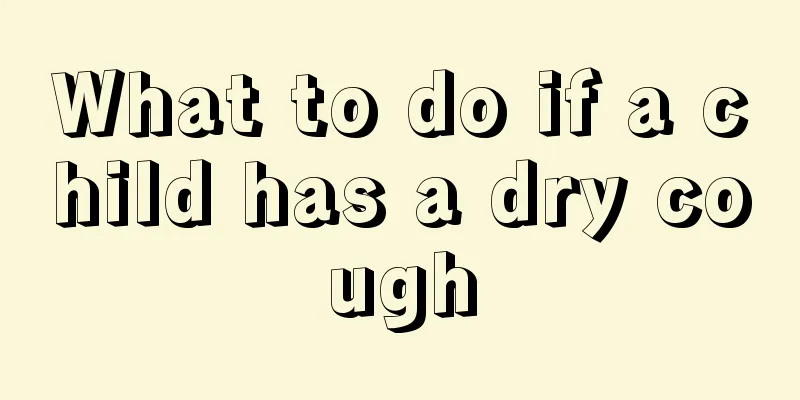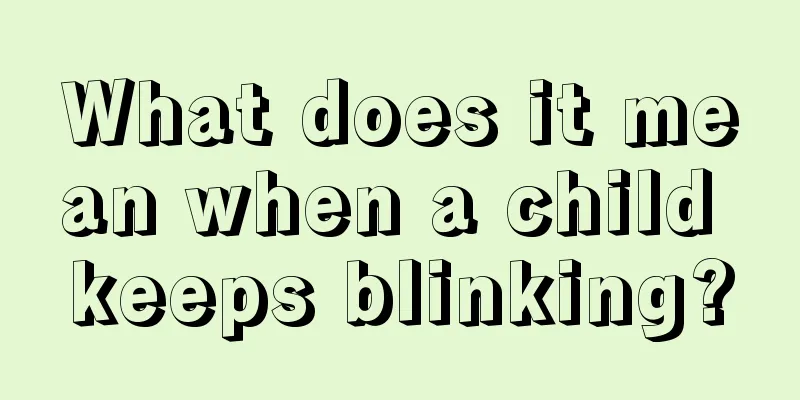What is the cause of the blue veins on the child's forehead?
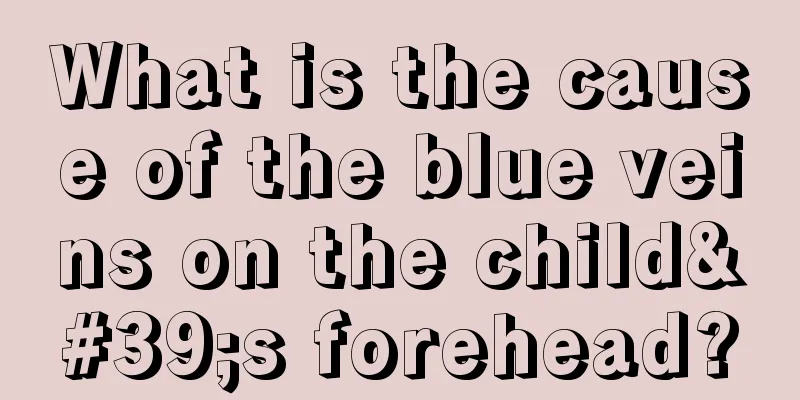
|
Children are a relatively special group because most of them do not have very good physical resistance and immunity. Therefore, they encounter many problems in the process of growing up. It is not always as smooth as we imagine. So what are the blue veins on children’s foreheads? We cannot generalize this issue, we must analyze each case specifically. Next, let us understand what the blue veins on children’s foreheads are? It seems that the blue veins at the root of the nose are somewhat related to respiratory diseases. Therefore, we set our next research target on children with respiratory diseases. We conducted long-term observations on children who are prone to repeated colds and children with asthma, and found that a high proportion of these children, about 60%, had blue veins at the root of their nose. Among them, the incidence of blue veins at the root of the nose in children with asthma reached 70%. The blue veins on the face of the "blue vein baby" are "colorful", including horizontal (mostly), vertical, branched, dark blue, and light blue. During our observations, we did not find anything special about the various shapes of the blue veins, but the color of the blue veins is very important: when a disease occurs, the blue veins are dark blue; when the condition improves, the blue veins turn light blue; when the disease is cured, most of the blue veins disappear. This reminds us that the advance and retreat of the blue veins on the bridge of the nose has a certain relationship with the severity of the disease, and can be used as a reference indicator for the prognosis of respiratory diseases such as asthma. Babies with blue veins at the base of their noses are prone to respiratory infections, but what about older children? We then conducted a follow-up survey of more than 1,000 children in nurseries and kindergartens and found that approximately 30% of the children had blue veins on their faces. In addition to blue veins at the root of the nose, some of these children also have blue veins in the temporal region and upper and lower eyelids. Compared with other children, they are also prone to recurrent colds, asthma and other respiratory diseases. “Removing Blue Veins” Experienced Prescription 10 grams of Astragalus, 12 grams of Pseudostellaria, 10 grams of stir-fried Atractylodes, 15 grams of Dioscorea batatas, 12 grams of Salvia miltiorrhiza, 10 grams of Angelica sinensis, 10 grams of Adenophora australis, and 6 grams of Saposhnikovia divaricata. Decoction, 1 dose per day, 3 months as a course of treatment. Generally 2-4 courses of treatment are required. 1. Comparison of Hand Feel 1. Cold hands: mainly caused by spleen and kidney yang deficiency. Weak body, afraid of cold, poor digestion and absorption ability. 2. Feeling hot: mainly caused by heart and kidney yin deficiency. Irritability, getting angry, insomnia, nightmares, and tension. 3. Wet hands: indicates deficiency of both heart and spleen. Easily tired and fatigued. People with sweaty palms usually have heat accumulation in the spleen and stomach, excessive heart fire, great psychological pressure, and easy mental tension. 4. Dry hands: mainly caused by deficiency of lung and spleen. Dry skin, prone to colds. 5. Sticky touch: mainly caused by endocrine disorders. It is especially common in people with diabetes. 6. Feels warm and moist: harmonizes the five internal organs. In good health. (2) If your palms feel cold in winter and hot in summer, it is usually due to blood deficiency. Complete hair loss on the head is a sign of poor diet, excessive stress, anemia, or psychological distress. Boils on the chin or around the face: Ovarian problems in women, imbalance in male hormone secretion in the body. · Pale complexion: People with clear skin are more susceptible to colds. In order to resist the cold, the blood will obtain energy from other tissues and organs. When these organs are overwhelmed, the problems accumulated in daily life will erupt. A complexion close to white is related to anemia. Obvious blue veins around the temples: liver problems. Dark circles under the eyes: dehydration, mental stress, genetic factors. The big toe is shorter than the second toe: it means you are born with a bad stomach. Bent or deformed little toes and particularly small nails: a sign of poor kidney function. There are many reasons that cause blue veins on children's foreheads, but according to some relevant experts, the answer is that this is a relatively normal situation, so parents don't need to worry. Of course, in addition to this aspect, parents also play a very important role in the growth of their children, so they should take more time to accompany their children. |
<<: What's the matter with the blue veins in the corners of the baby's eyes?
>>: Why is my baby late in speaking?
Recommend
How to treat phlegm-damp cough in children
Children's coughs always come back and are no...
Baby's redness and swelling after vaccination
In addition to checking all aspects of the baby&#...
What foods can babies eat to help digestion?
Babies are fragile. They don’t have a strong dige...
What should I do if my child has pigeon-toed feet? How to correct it?
Most parents don't need to worry about their ...
What should I do if my child has intellectual disabilities?
Children's intellectual disabilities can actu...
Why do children have red eyes?
It is said that eyes are the windows to the soul,...
What to do if your child has insomnia at night, mothers should know
Nowadays, not only adults are under great pressur...
What should I do if my baby doesn't poop for three or four days?
Nowadays, every family is well off and has only o...
Why do children have diarrhea when they catch a cold in the stomach?
If the baby is not covered with a blanket when sl...
Are mosquito repellent bracelets for children harmful?
Some traditional mosquito repellent methods have ...
What to do if your child doesn't like drinking water
The physical health of children is very important...
What should I do if my child has bad teeth?
Parents should pay attention to the period of the...
Symptoms of precocious puberty in babies
Establish sexual advances before the occurrence o...
Seven and a half month baby food recipes
Babies of seven and a half months old have a part...
What is nutritious for children to eat at night?
For children, the most important thing is to grow...

